October 18th is St. Luke’s Day, and for many Artists it is the equivalent of St. Patrick’s Day. Whether or not you are Catholic, St. Luke is a figure that has a long and storied history amongst Artists.
Living as a Jewish doctor in Roman occupied Antioch in the 2nd century ad. Luke was an early convert to Christianity. A prolific writer he most famously wrote the Gospel according to St. Luke and many letters. For artists he holds the distinction of famously being the first artist to depict Jesus and the Holy Family. This is a hugely important event in art history that would lead to the beautiful medieval cathedrals, illustrated manuscripts, stained glass and reliquaries; Gothic alter pieces, the frescoes of Giotto, Michelangelo, DaVinci, Carravagio, Rubens, and so on for the next thousand years.
The paradigm shift for St. Luke was that he was raised as a Jew in a middle eastern region where the depiction of sacred figures was considered idolatry. Luke however was living in the Roman Empire, where he would have access to the multitude of beautiful statuary, mosaics, and frescoes of the classical world. Influenced by the religious aesthetic of Rome he painted the likeness of Jesus and established the canonical precedent for Christian religious art.
Catholic art exploded over the next several centuries and St. Luke became the patron saint of artists and painters. During the middle ages, before the existence of ateliers and art acadamies, artists were considered craftsmen and had to join guilds to practice their trade creating works for the church. Every city in Europe had a Guild of Saint Luke, where artists would congregate like today’s Society of Illustrators or Graphic Artists Guild. The Guilds of St. Luke flourished throughout Europe with such luminaries as Vermeer, Rembrandt, Carravagio, Durer belonging to their local chapters. There is an abundance of paintings of St. Luke from many masters done to decorate their Guild Halls. What I love about these paintings are that the painters were given the freedom to celebrate their discipline and document the tools and techniques of a sacred craft. The paintings are snapshots of classic art studios and its amazing how little the techniques have changed. Brushes, easel, mahl sticks, palette, you can even see the colors the artists are working with. Depicting St. Luke while painting also displays the painting techniques utilized by the artist showing underpainting and ground colors. The Feast of St. Luke every October 18th must have been an amazing sight to behold celebrated by artists all over Europe.
By the nineteenth century, academies and art schools had replaced the guilds and the reformation had all but eliminated the celebration of St. Luke, but the artwork lives on. So this October 18 raise a glass to St. Luke and celebrate the original painting master.
Below is a selection of paintings of many different artist’s depictions of Saint Luke.
Enjoy, and Happy St. Luke’s Day!



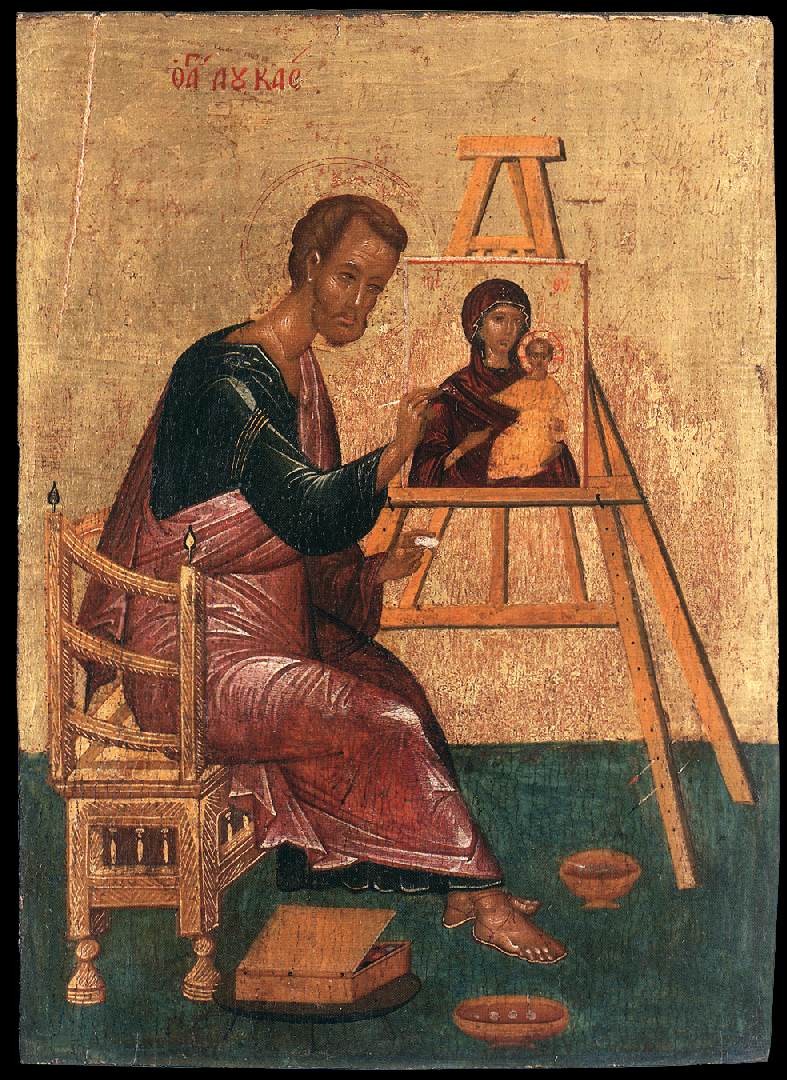
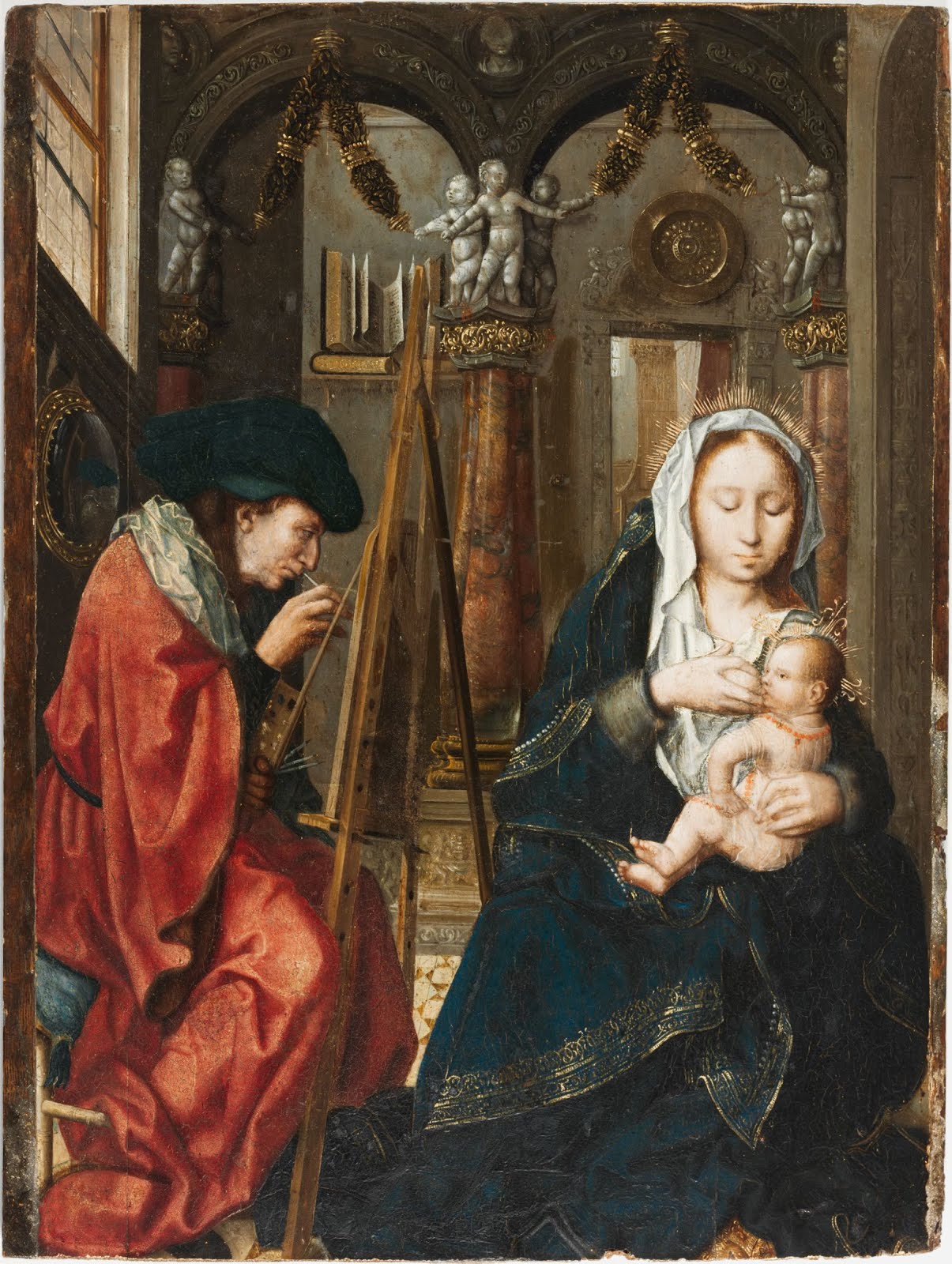
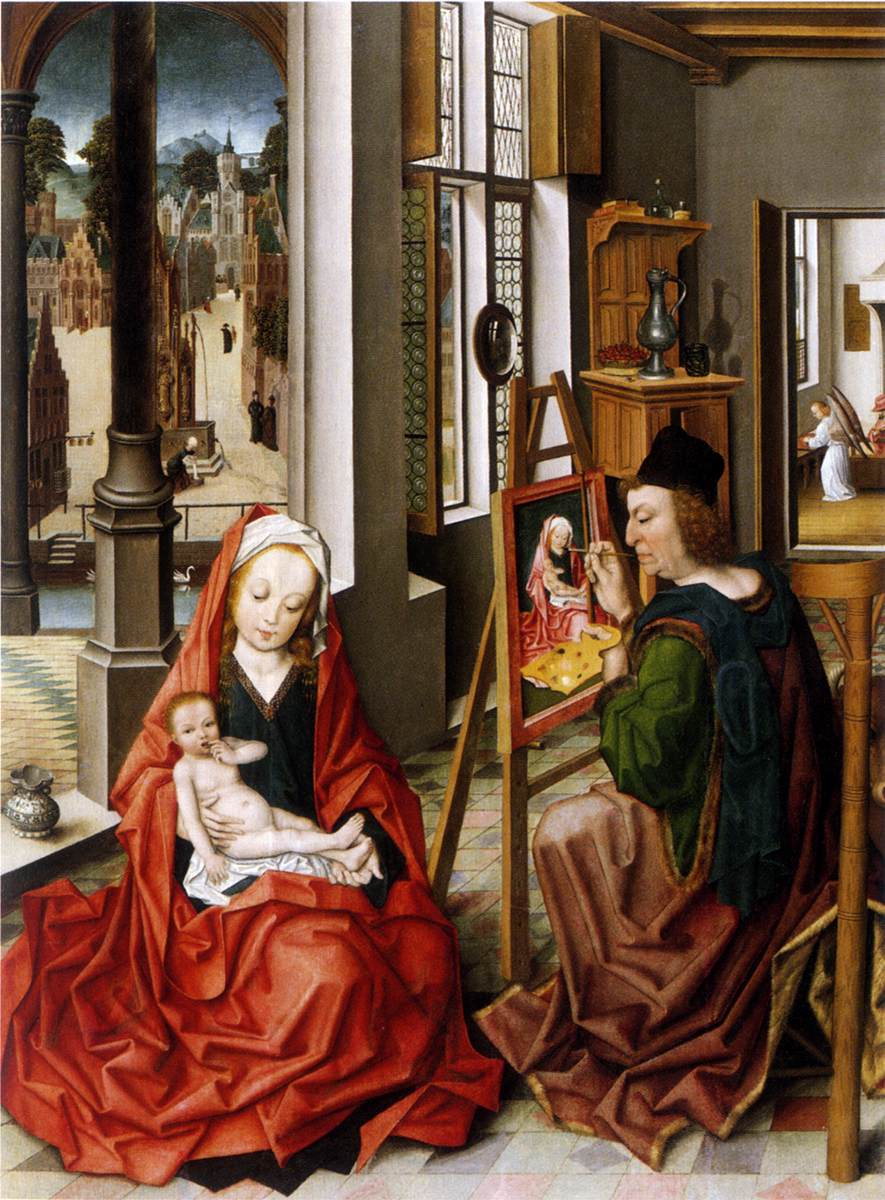
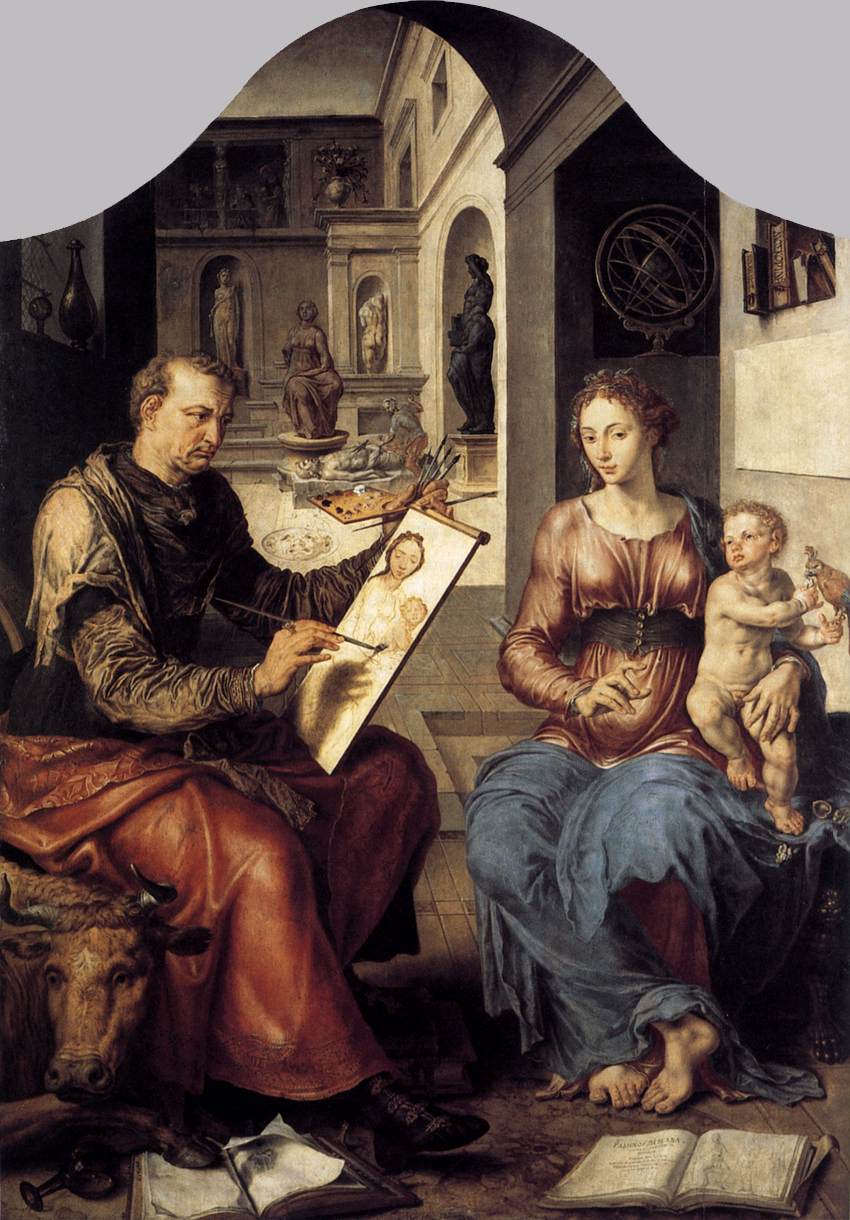

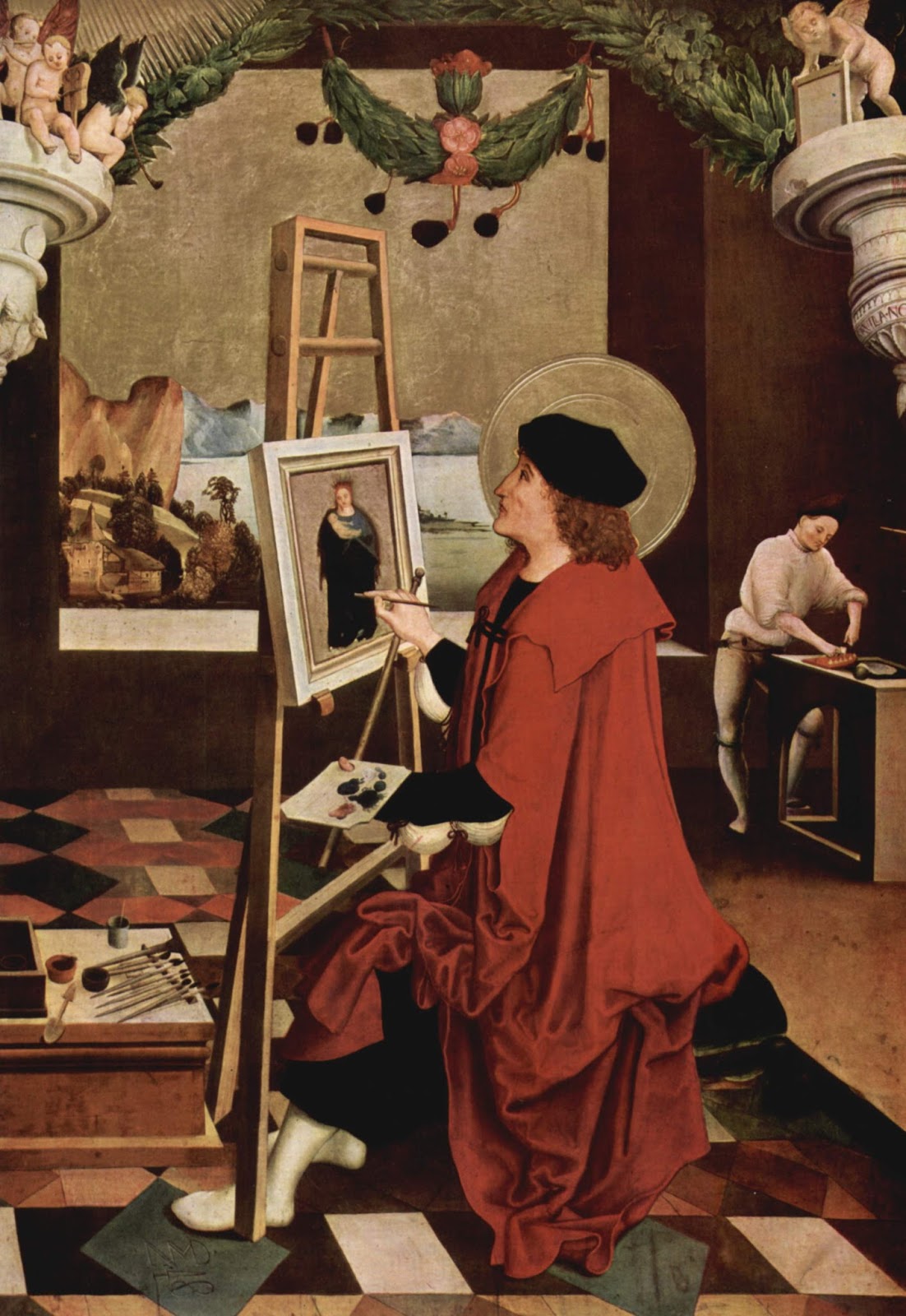
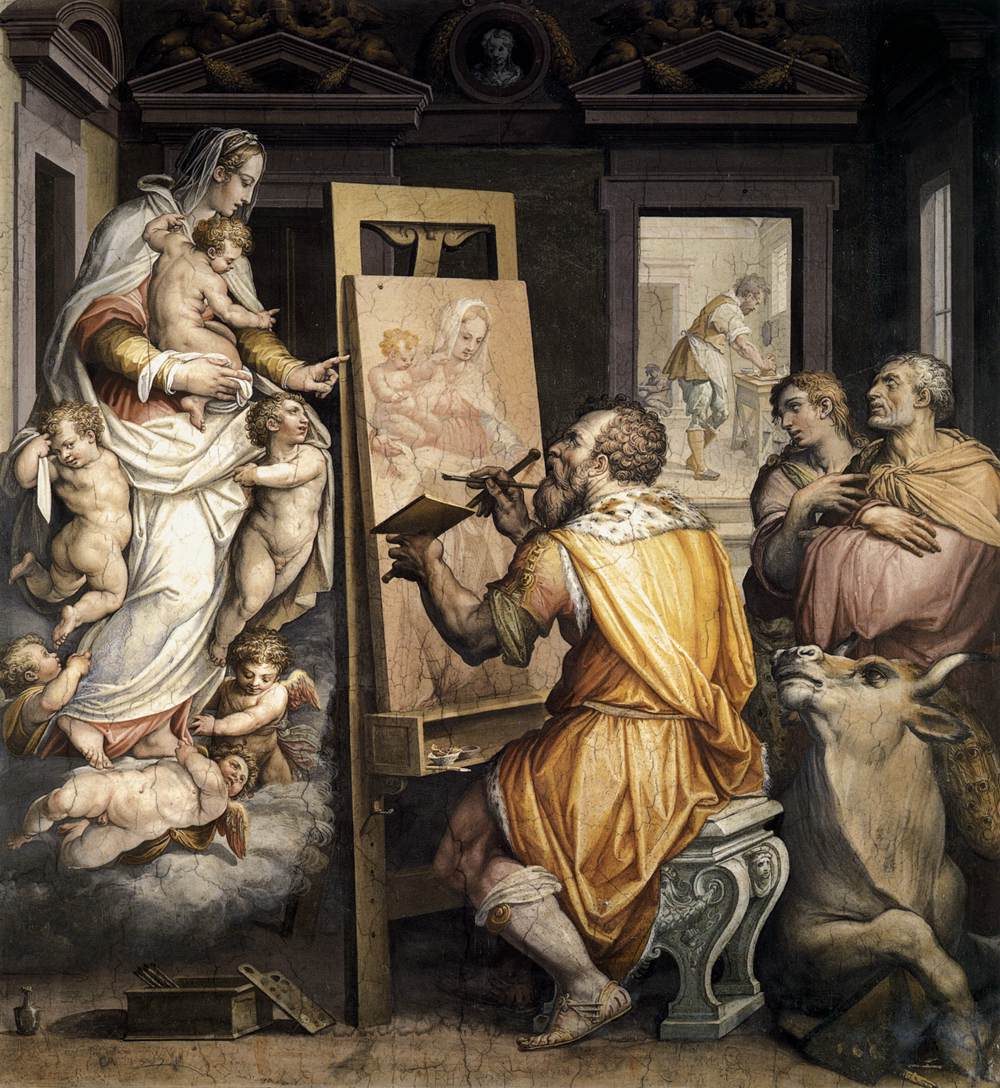
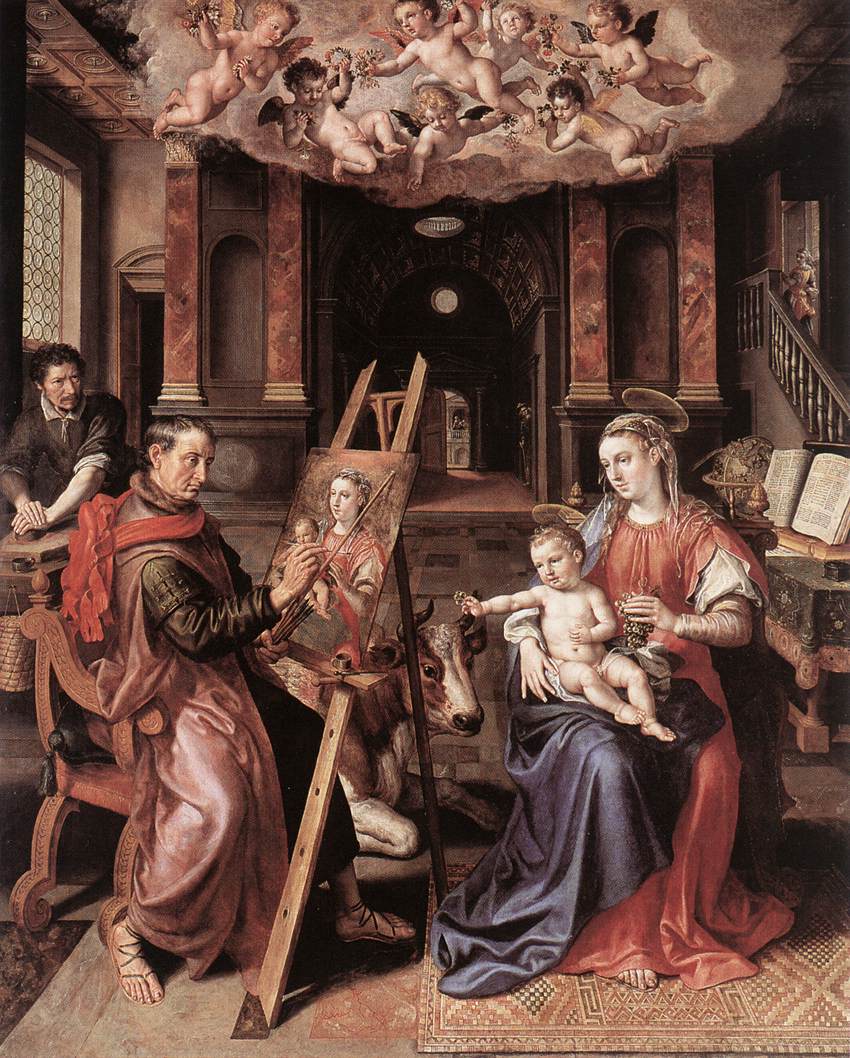

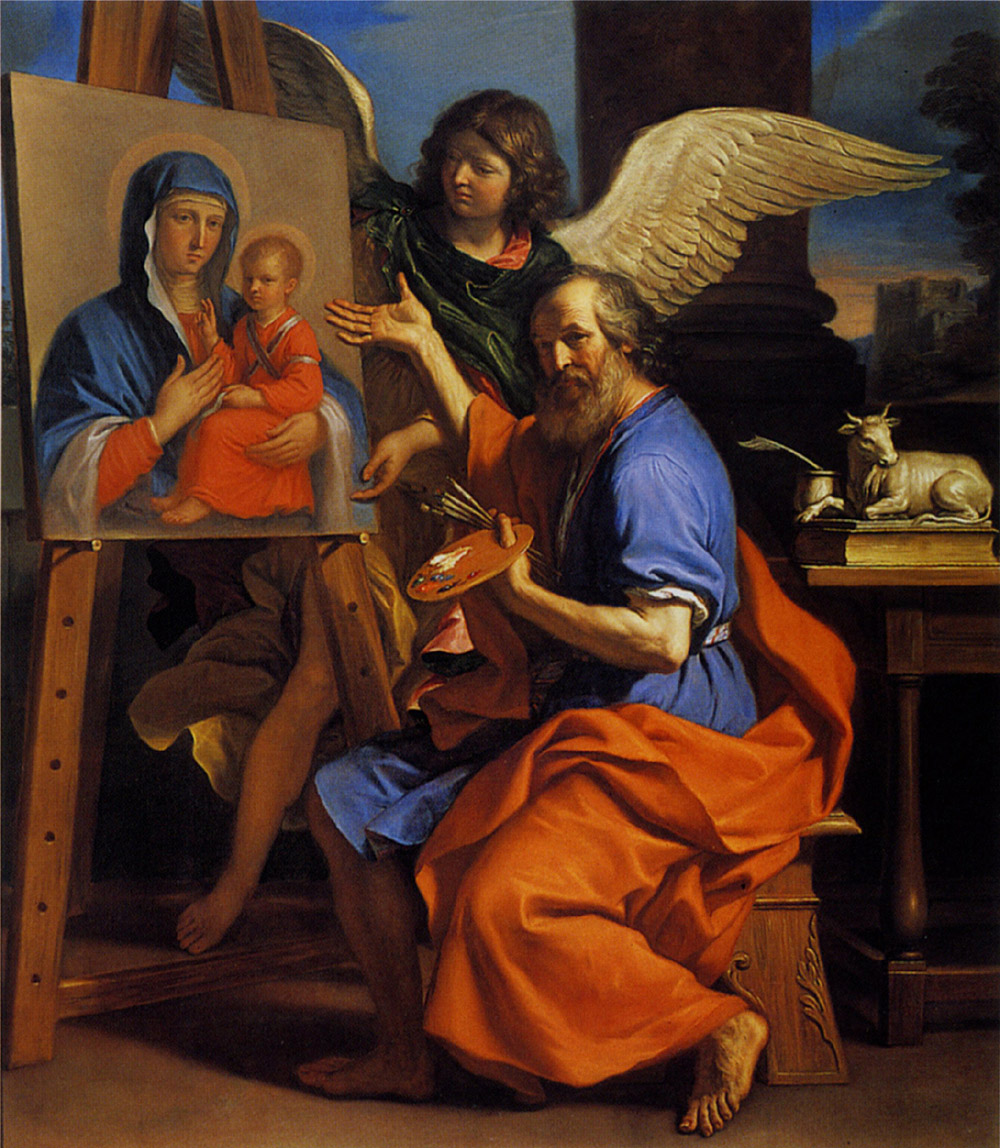


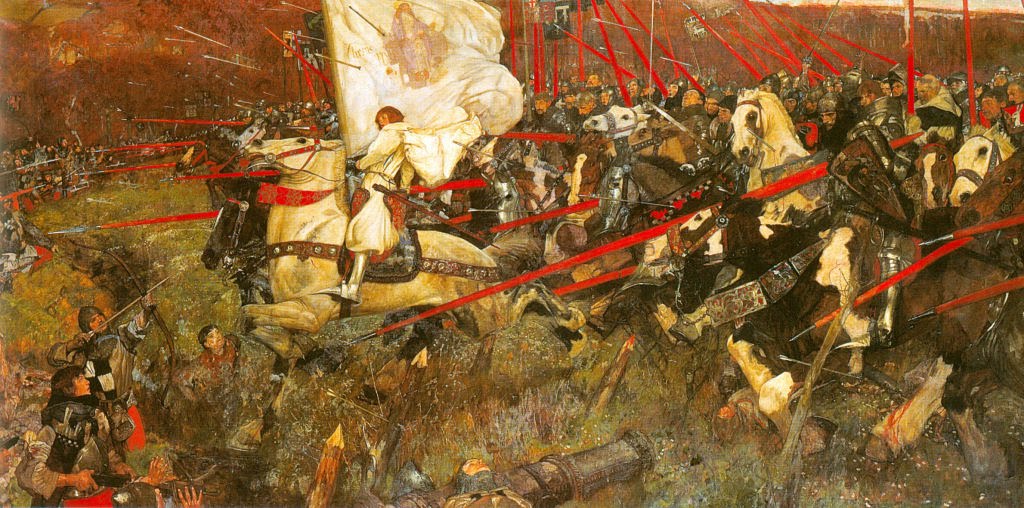


A Bull sits at St Luke's side to symbolize the readiness of the artist's wrath if the painting starts to go south.
Love the history lesson! And the art…
Nice. I like that!
** Ammendment to post…. St. Luke was perhaps not Jewish but a pagan.